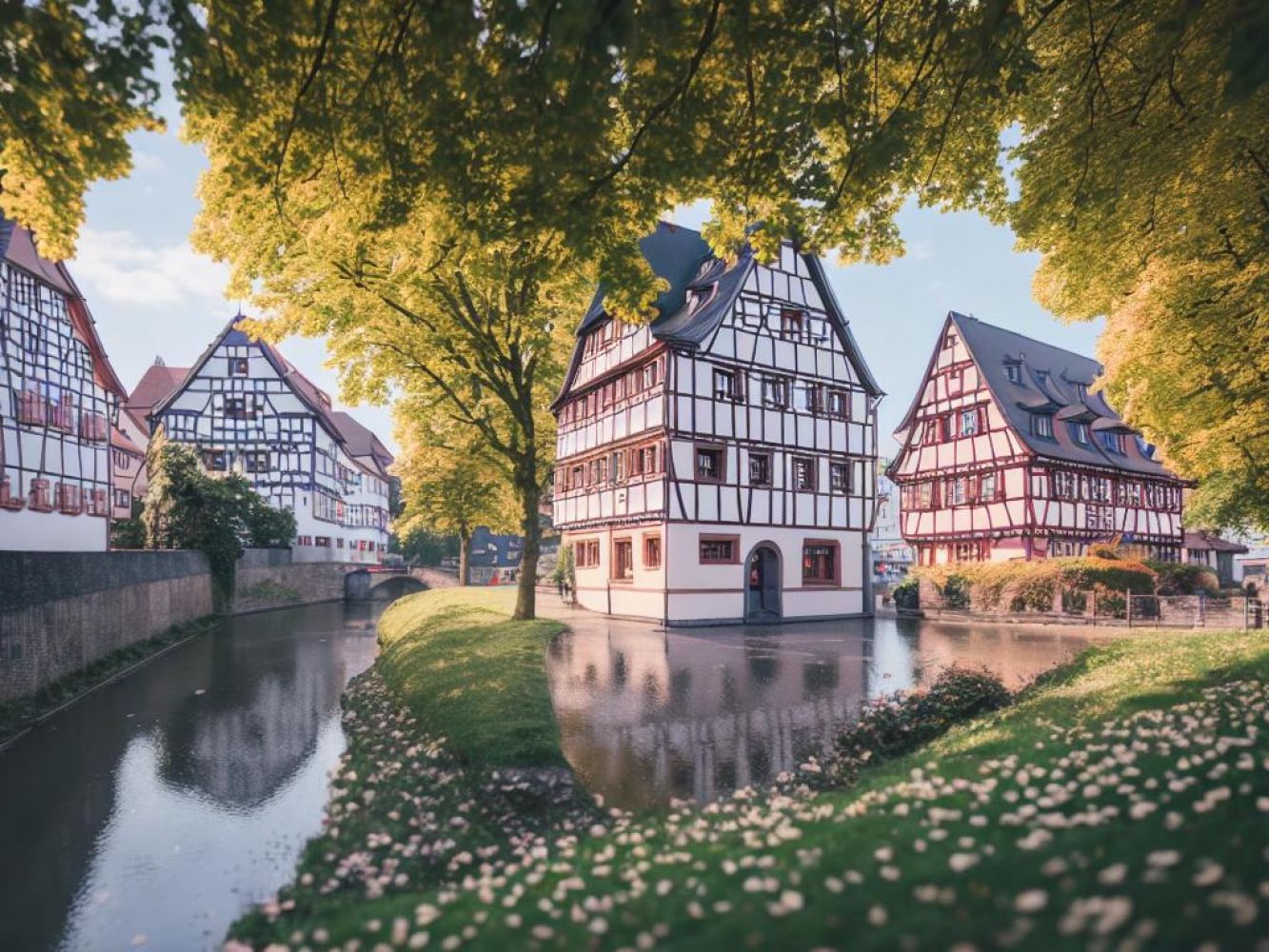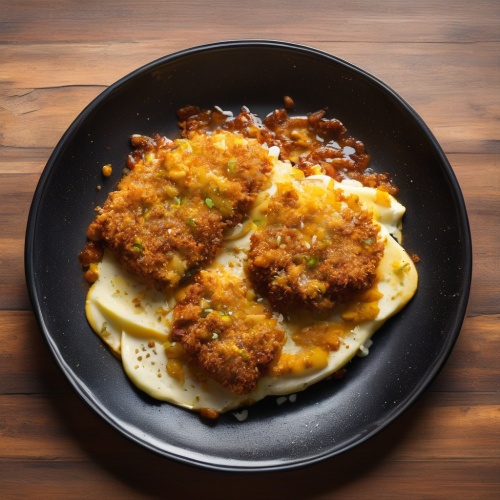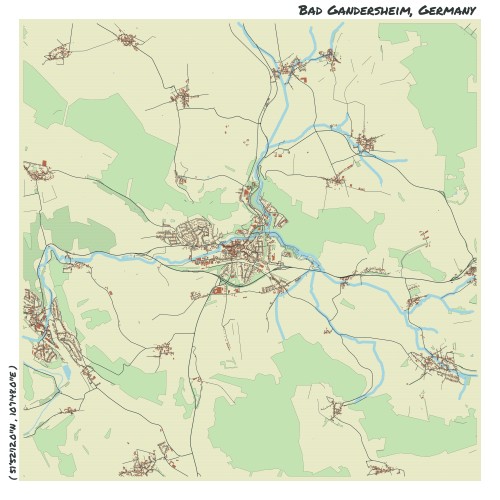Bad Gandersheim information

Step into the charming town of Bad Gandersheim, Germany, where history comes alive amidst half-timbered houses and captivating architecture. Delve into the town's origins, dating back to 852, and marvel at the Stiftskirche, the town's first abbey church. Immerse yourself in the rich cultural heritage as you wander through the streets, discovering hidden gems at every turn. Bad Gandersheim invites you to embrace its character and immerse yourself in a world of history, culture, and architectural marvels.
Understand
Step into the town of Bad Gandersheim and be transported back in time. The town's origins date back to 852, with its first abbey church (Stiftskirche) constructed in 856. This picturesque town is filled with charming half-timbered houses, adding to its character and historical significance. In the late 19th century, Bad Gandersheim gained fame for the healing powers of its mineral springs, ultimately earning the official title of a spa town in 1932. Throughout the years, this town has seen celebrations, including the memorable "Roswitha Memorial Celebration in 1000-year old Gandersheim" in 1926 and the grand 1100 year jubilee in 1952. Today, it is home to the Gandersheimer Domfestspiele, Lower Saxony's largest professional summer theatre festival, attracting around 55,000 visitors annually. Indulge in the rich history and cultural heritage of Bad Gandersheim, where the past comes alive before your very eyes.
Map & Climate
Popular Foods
 Schnitzel - Traditional German breaded and fried meat cutlet, typically made with pork or veal. It is crispy on the outside and juicy on the inside, often served with potatoes and a side of sauce, such as tartar sauce or gravy.
Schnitzel - Traditional German breaded and fried meat cutlet, typically made with pork or veal. It is crispy on the outside and juicy on the inside, often served with potatoes and a side of sauce, such as tartar sauce or gravy. Currywurst - A German fast food staple consisting of a sausage (usually a Vienna sausage) covered in a curry ketchup sauce, typically served with fries or a roll. This dish is known for its unique blend of flavors, combining German sausage with a hint of Indian spices.
Currywurst - A German fast food staple consisting of a sausage (usually a Vienna sausage) covered in a curry ketchup sauce, typically served with fries or a roll. This dish is known for its unique blend of flavors, combining German sausage with a hint of Indian spices. Sauerkraut - Fermented cabbage dish that is a staple in German cuisine. It features cabbage that has been salted, shredded, and allowed to ferment, resulting in a tangy, slightly sour taste. Sauerkraut is often served as a side dish, accompanying meats and sausages.
Sauerkraut - Fermented cabbage dish that is a staple in German cuisine. It features cabbage that has been salted, shredded, and allowed to ferment, resulting in a tangy, slightly sour taste. Sauerkraut is often served as a side dish, accompanying meats and sausages.Historical Appearance
 Traditional Male Clothing
Traditional Male Clothing Traditional Female Clothing
Traditional Female Clothing








Comments
NO COMMENTS